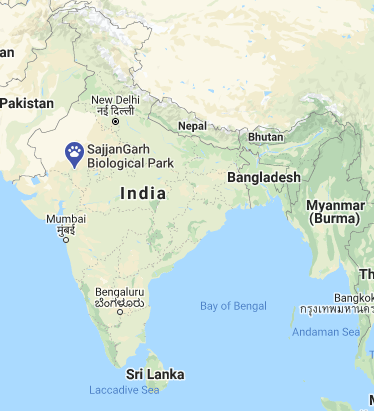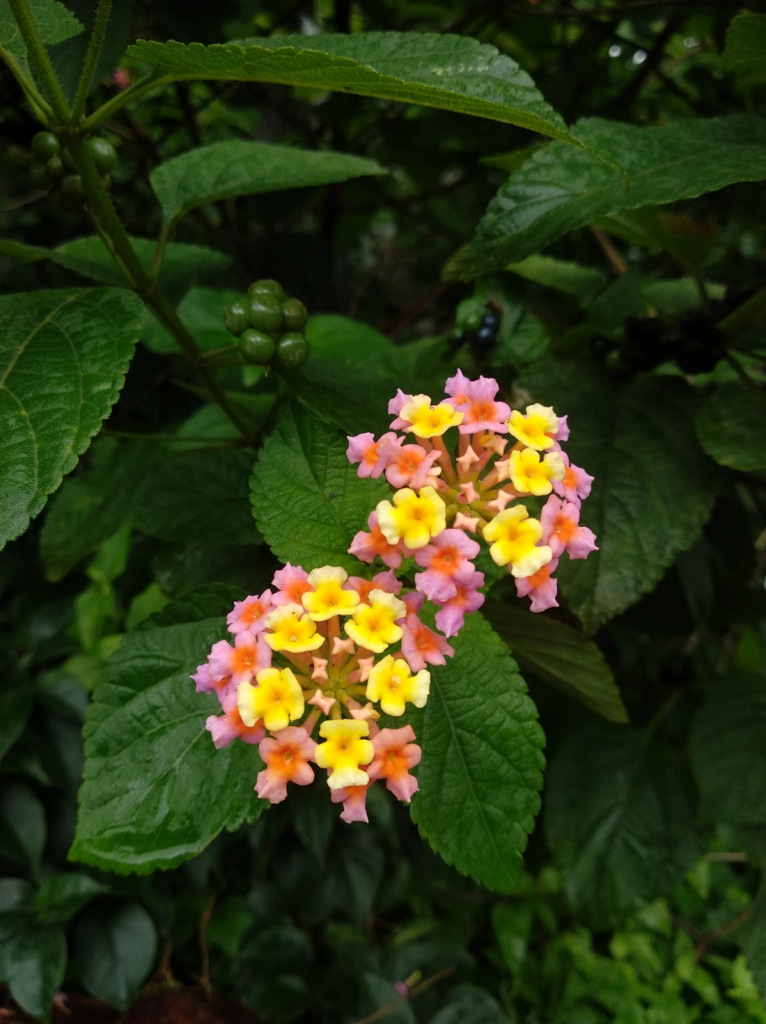Mission Lantana
Sajjangarh wildlife sanctuary

- It is a sanctuary located near Udaipur, Rajasthan. The sanctuary is located on the Bansdara Peak of the Aravalli Range at an elevation of 944 m above the sea level.
- Sajjangarh Wildlife Sanctuary is a salient part of Sajjangarh Palace built-in 1884. The Palace derived its name from Maharana Sajjan Singh, one of the rulers of the Mewar dynasty.
- The sanctuary contains Jiyan Lake which supports the sanctuary.
Lantana shrub

- Lantana (Lantana camara) is one of the world’s most invasive weeds.
- It is native to American and African continents but it has spread across the Indian and Australian continent due its high adaptability rate. In India it was introduced during the 1800s.
- The leaves of the Lantana are poisonous to the herbivorous, hence its occupancy and invasion in the forest areas is harmful to the grass-eating animals.
- It can outcompete native species, leading to a reduction in biodiversity.
- It can also cause problems if it invades agricultural areas as a result of its toxicity to livestock, as well as its ability to form dense thickets (group of bushes) which, if left unchecked, can greatly reduce the productivity of farmland.
Why in the news?
- After noticing the spread of Lantana in the Sajjangarh wildlife sanctuary, forest officials took up MISSION LANTANA to remove the weed across the sanctuary and plant native species.
- The lantana was responsible for the reduction of grass in the sanctuary which inturn resulted in the decrease of herbivorous animals such as deer.
- The drive involved collective efforts and ‘shram daan’ (voluntary physical work) by the forest officials, police personnel, wildlife lovers, representatives of voluntary groups and local villagers.
- Due to the mission undertaken now the natural grass has started growing in the Sajjangarh sanctuary and the spotted deer and other herbivores can be seen foraging on the vegetation.
References:
Subscribe
Login
0 Comments
